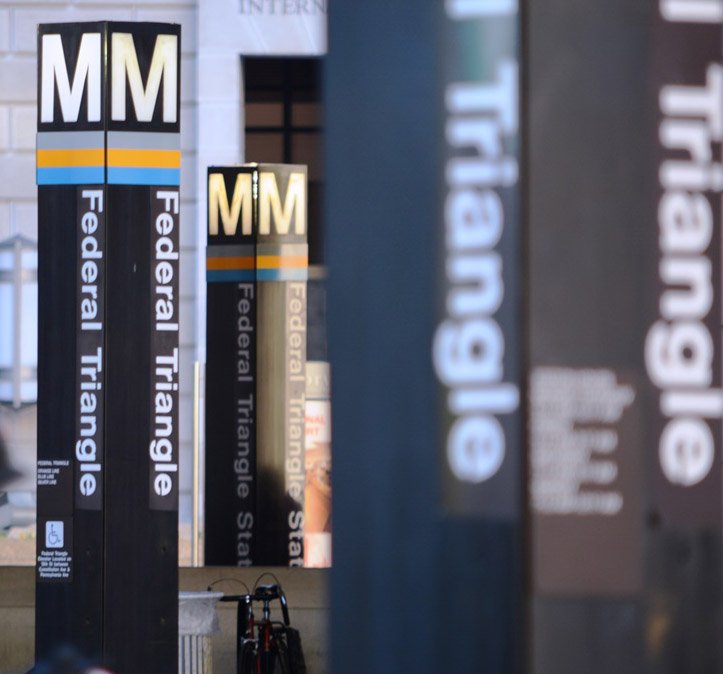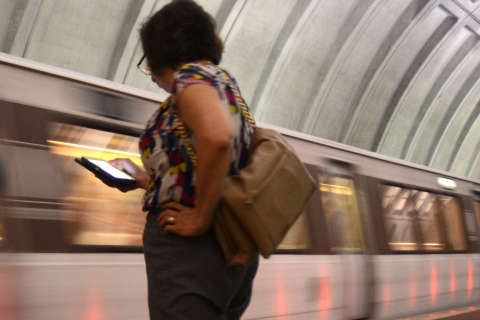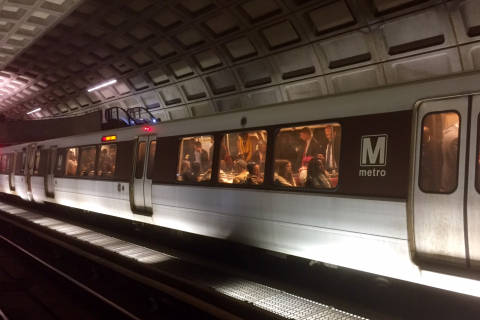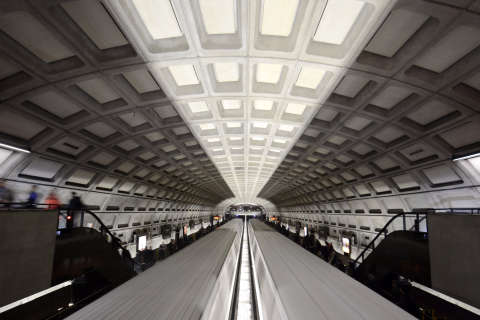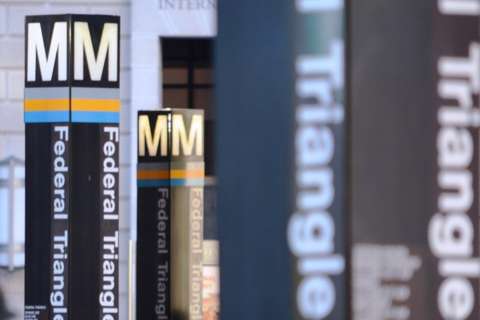
WASHINGTON — A drop in railcar breakdowns is a bright spot in Metro’s latest statistics, but Metro’s chief performance officer warned there are issues Metro needs to stay on top of even as the miles between delays due to railcars hit a record high in April.
“There are some risks to maintaining that level of performance,” Andrea Burnside told the Metro Board’s Customer Service, Operations and Security Committee.
Those risks include growing turnover as a number of Metro’s most senior railcar mechanics retire; issues getting the parts needed for certain railcar heating and air conditioning systems; and problems with some of the subsystems on Metro’s newest cars.
The new 7000 series cars, referred to inside the agency as 7Ks, are performing better than other cars in the system, but they have yet to reach contract goals.
Even with a decline in railcar-related delays, three in 10 rail riders are still late because of other issues.
“What was a key driver of late trips was track work,” Burnside said.
In addition to round-the-clock work zones, Burnside said, track inspections led to three times as many speed restrictions as there were a year earlier.
Former track inspectors have charged that Metro discouraged speed restrictions in the past.
Metro’s measure of whether riders are on time includes: time to get from the fare gates to the platform; the maximum scheduled amount of time waiting for a train at that time of day; travel time to the destination station; then time to exit from the platform to the fare gates.
With only two more 24/7 shutdowns planned, efforts to keep escalators and elevators working, and continued railcar repairs, Burnside hopes the on-time numbers begin to improve.
“Implementing the new rail schedule in July … is going to take into account adding sufficient time for the train to get from one end of the line to the other and allowing our operators to take breaks,” Burnside said.
The changes and service cuts reduce scheduled service at rush hour, and they factor into the schedule for the first time safety rules that require train operators to pause for five seconds before opening train doors.
If Metro’s on-time measures improve, Chief Operating Officer Joe Leader believes, rider satisfaction will eventually bounce back, too. In July, when track work “surges” are scheduled to be over, Leader expects some riders to come back.
“I think we’ll see an increase, but I don’t know if you’re going to see a dramatic increase, huge,” Leader said.
He cites rider declines in other cities across the country.
“I think it has a lot to do with the alternatives, has a lot to do with teleworking. … I think it has a lot to do with gas prices,” he said.
After years of declining ridership, Metro might be satisfied right now if it could simply end ridership losses.

